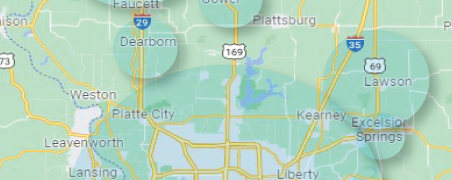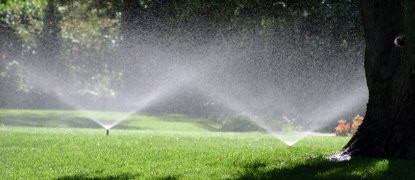Lawn Care Tip: How to make your own cedar mulch

There are several different varieties of mulch to choose from, but many homeowners and commercial property owners seem to prefer cedar mulch. Cedar mulch offers the landscape a hint of rich color, and of course there is the aromatic cedar smell that adds an extra incentive. Cedar mulch also offers landscape beds superior protection against soil erosion and compaction, weed growth and protects the roots of your plants from the hot sun. If you think cedar mulch is only useful when the weather is warm, you’ll be happy to know that mulch also protects the roots from freezing during spells of cold weather. So now that you know all the benefits of cedar mulch, you may wonder how you can make your own.
In order to make your own cedar mulch, according to lawn care experts, you will need cured cedar wood in the form of a stump or logs, a chainsaw, a hatchet and a hammer. Using the chainsaw, cut the cedar stump or the logs into two-inch sections, stacking the pieces atop one another. Once you have a complete stack, use the chainsaw to cut vertically down the stack again in one- to two-inch sections. Gather the stack back together and proceed to perform another vertical cut, this time forming a crosshatch pattern. All of the resulting wood shavings and pieces will serve as part of your mulch.
You will still have some smaller pieces that need to be broken up into tinier pieces. Use your hammer and hatchet to bust them up in whatever sizes you prefer. Place all the wood in a large container and add an amount of water that is proportionate to the wood chips. Lawn care professionals say for this project, a gallon of water is usually plenty. Make sure all the wood chips have been dampened by the water and let sit for three days. Drain the water from the container and let the cedar mulch dry in the sun for a day, turning it occasionally to make sure the undersides of the wood chips have a chance to dry out as well. Once all the pieces have dried, you have your very own source of cedar mulch to adorn your lawn!
Making your own cedar mulch may be a fun activity, but perhaps you’re looking for a more professional approach. Call your local lawn care company and ask about their mulching services.








